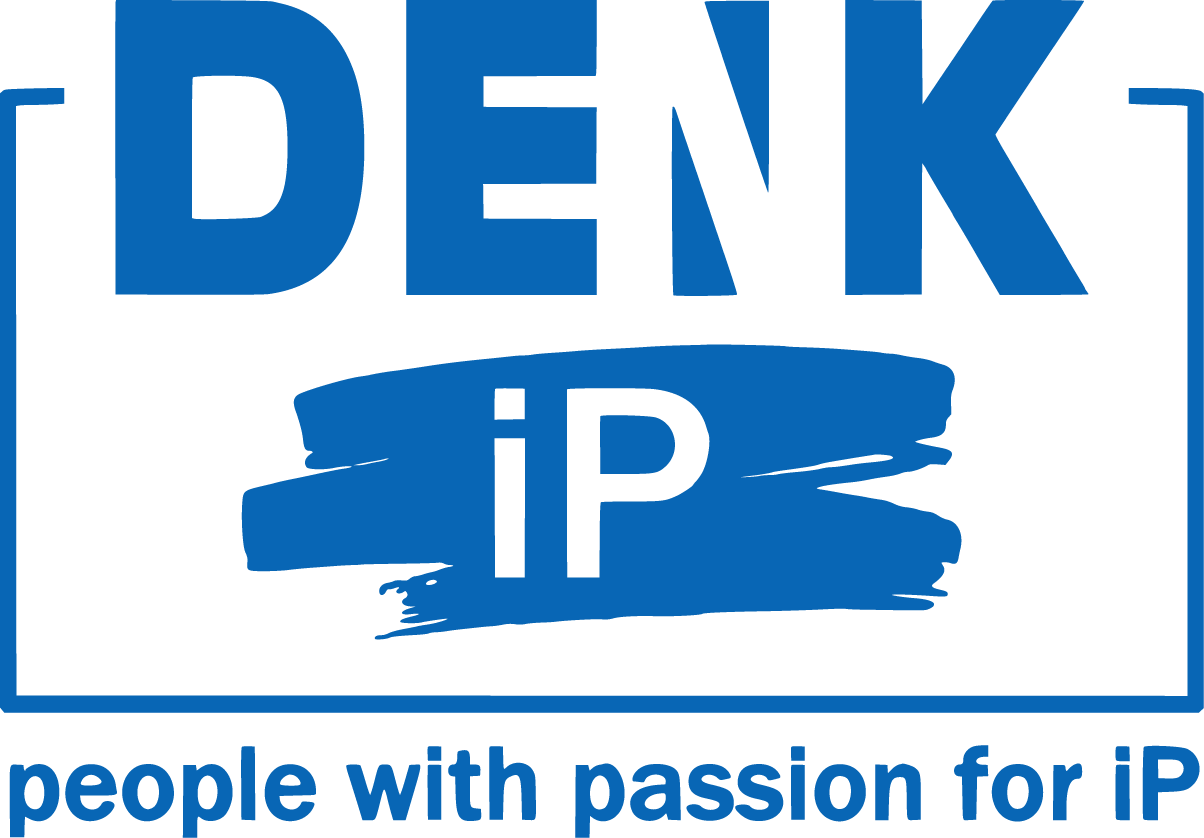
Let's work together
Let us take you through our way of working. You will notice we go beyond!



3
We match.
You are matched with one of our experts who will deploy his or her extensive knowledge in the field of your invention. You get in touch with your first point-of-contact who works closely together with your expert.
2
We meet.
When you contact us, we invite you to get to know each other over a coffee. Good news: this first contact, during which we already give valuable information, is for free.

1
Congratulations!
You made an invention, the hard work is done. Now get in touch and we will make sure you can sleep on both ears.

4
We study.
Your expert performs a patentability search and studies prior art relevant for your invention.

5
We advise.
You are advised on the best possible strategy for protecting your invention and managing your IP (portfolio). If positive, we start a procedure for getting the protection you deserve.

6
We write.
Your expert is brilliant in describing your invention resulting in a high-quality patent application.


7
We walk along.
Your contact person and expert walk you through the complex procedure of applying for a patent, one step at a time.
8
Your patent is granted.
Two thirds of our patent applications have resulted in a granted patent over the last 13 years and so will yours.


9
We remember.
We make sure you are reminded to timely pay renewals for maintaining your patent.

nice to know

SME e-wallet (KMO-portefeuille)
DenK iP is a registered service provider for SME e-wallet (KMO-portefeuille).This means that SMEs (with head office in Flanders) are able to get 20 or 30% of the invoice funded when buying advice from our patent experts. Our official registration number is DV.A245522.
SME e-wallet is a support measure from the Flemish government for SMEs that want to improve the performance of the company through (training or) advice. The funding is limited to € 7.500 per year. Visit the website of VLAIO for more information.
DenK iP’s experts are eager to give advice on all aspects of intellectual property. Going from identification of patentable ideas over protection, long-term strategies and exploitation. Patent drafting and filing are not part of the type of advice that can be funded.
Procedures per area

Belgian patent procedure
The Belgian patent procedure may result in protection for Belgium specifically.
In a Belgian patenting procedure a search report is drawn up. It cites documents which the examiner considers relevant to the patentability of the invention. A patent is granted without in-depth examination, independent of the opinion of patentability in the search report, and independent of whether the patent meets any patentability requirements. The patent application may, however, be amended by the applicant before the grant, which is strongly advised.

European patent procedure
The European patent procedure is a common procedure for a plurality of countries. The common procedure runs up to grant, meaning that a granted patent with same scope of protection is obtained for the different states where the patent is ultimately validated. Despite the official languages of the EPO being English, French and German, European patent applications can be filed in any language. If not filed in one of the official languages of the EPO, a translation in such language is required.

International patent procedure
The international patent procedure is a common filing for a very large number of countries. The common procedure runs up to the entry into the national phases, after which the procedure continues locally. The granting of the patents remains under the control of the national or regional patent offices. Patents with a different scope of protection can be obtained in different countries.

Unitary Patent and Unified Patent Court
You probably know the current European patent. It is an easier and cheaper alternative to obtaining individual national patents across Europe and in a few other countries. But have you ever heard of the unitary patent? You might have encountered it under other names. It was first called the “community patent” or “European Union patent”. It now comes under the name “unitary patent” or “European patent with unitary effect”.
The list of countries covered by your unitary patent will remain fixed throughout its life once your unitary patent has been granted. By opting for a unitary patent, you will get patent protection in at least (taking into account ratifications of the UPC agreement on March 1st, 2022) 17 of the 27 European Union countries.




